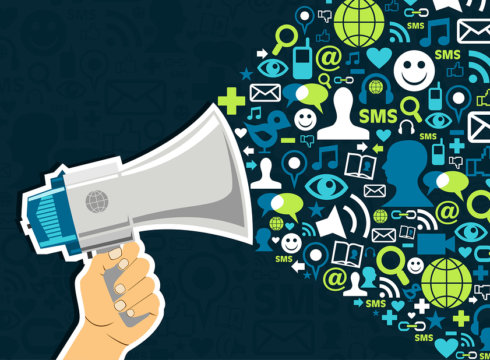Inc42 Daily Brief
Stay Ahead With Daily News & Analysis on India’s Tech & Startup Economy
Content marketing is now a mainstream activity for all marketers and will continue to be used more and more because of this known factor: the web is a matrix of locations and applications that people use to explore and share ideas, exchange information and purchase goods, products and services. Some of those goods, products and services require long purchase considerations like houses, cars or cloud computing providers. Others are quick wins like clothing, FMCGs and accessories. Content acts as a currency to help as a conversation piece in a world moving ever more toward a “Social By Design” aesthetic.
Yet when strategists and marketers plan their content marketing to drive results around brand awareness, visits to their owned channels or inciting social conversation around a topic in which their product/service intersects; they seem to focus on measuring content performance using vanity metrics (likes, shares, comments, impressions) and focus less attention about the differentiating factors in the equation to help with content marketing creation and discovery.
The five factors used in data driven content marketing creation and discovery to help differentiate your offering from competitors and a crowded web of content are the following:
- Search and Social Data – Who is your customer? How are you using APIs to gain more information about what they like, share and search for? Have you used keyword research tools to determine what people are searching for prior to ever creating content?
- Creative Insights – What form of content does your audience engage with most? If you create solely text in the form of a blog, how do you know if your audience won’t enjoy audio or video more? Have you tested different types of creative on segmented audiences? If you’re a retailer have you used different objectives and ad formats within social and search?
- Trending Topics – Although Twitter seems to be the most real time in terms of all the platforms in our fast moving and connected world, more platforms are creating algorithms to document what people are searching for and sharing. Facebook, Google, Bing and Snapchat aren’t just great platforms to amplify information, but to harness data to better inform how your content intersects in the zeitgeist of the human condition. How have you used this to plan more contextually and emotionally resonant content?
- Social Listening – What are customers saying about your area of expertise or competing products? Better yet, what are customers saying (both good and bad) about your products?
- Distribution – Although the goal of content marketing is to create contextually relevant experiences in order to capture customer mind share or persuade an individual toward purchase, good content on its own never rises to the top in an economy of abundance and lack of attention. Content may be king but distribution is its queen and just like in the game of chess, the queen is the most powerful piece on the board! All platforms should not be treated equally. A lack of distribution planning can basically end any grand content marketing objectives you had in mind.
After considering these five factors then ask yourself this very important but often overlooked question before creating any content: “What is the User Experience you are trying to build or intersect with around the human behavior of your audience? Did you take into consideration that there is not one front door anymore to get to your content but back doors, side doors and various other portals to entry and discovery? Have you taken into consideration that although the majority of content marketing has become heavily synonymous with social network distribution that customers are also conducting searches and using specialty apps?
My best bit of parting advice is in order to gain the most from your content marketing initiatives, you should always have both AdWords and Bing Ads search engine marketing campaigns running alongside your paid and organic social content marketing efforts. Social helps generate awareness, while search helps capture customer intent.
This is especially important because the user journeys we create in marketing plans don’t work as fluidly in real life due to irrational behaviors and distractions. While we want to think that people will simply move from the content discovery phase to your “call to action” in one motion, a large majority of people need to pause and come back to learning more about your offerings/solutions/services/products/beliefs/messages at a later period and the majority of the time it’s on a different device using a different platform for discovery. Understanding this give us as marketers a better idea that although a user may have discovered your content on Twitter, they may recall your brand name and product at a later time via “search” or vice versa.
Planning marketing actions and reactions on all discovery platforms and networks is par for the course for content marketers in this day and age. It is an exercise rooted in human digital behavior than it is in selling. It is also not a “one-size fits all” or “fill in the template” exercise. Yet, in a world fragmenting more and more at a rapid pace, it is essential to help you attain the key area lifts desired in this still emerging space.
Read the Presentation on SlideShare:
Note: We at Inc42 take our ethics very seriously. More information about it can be found here.


